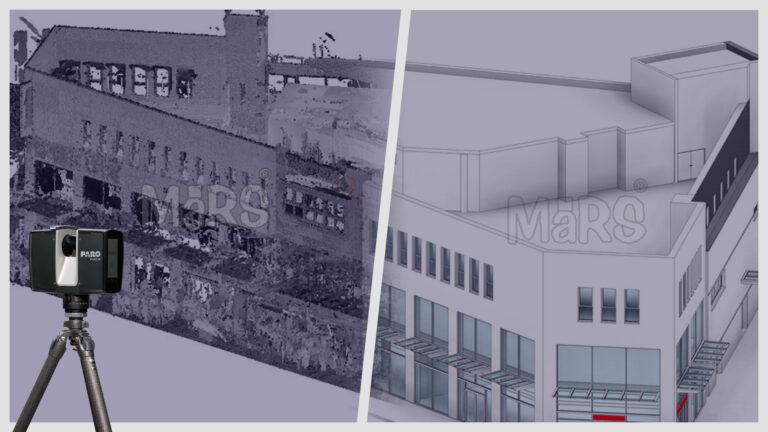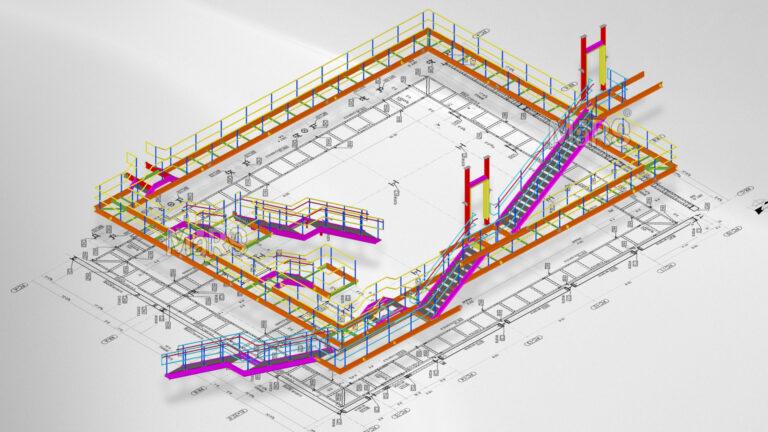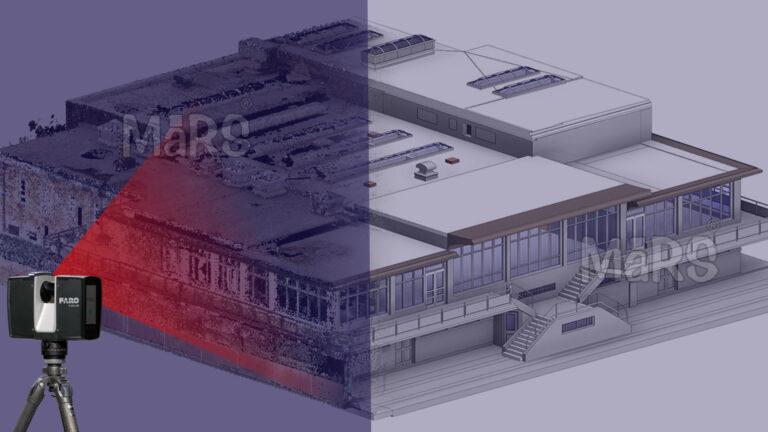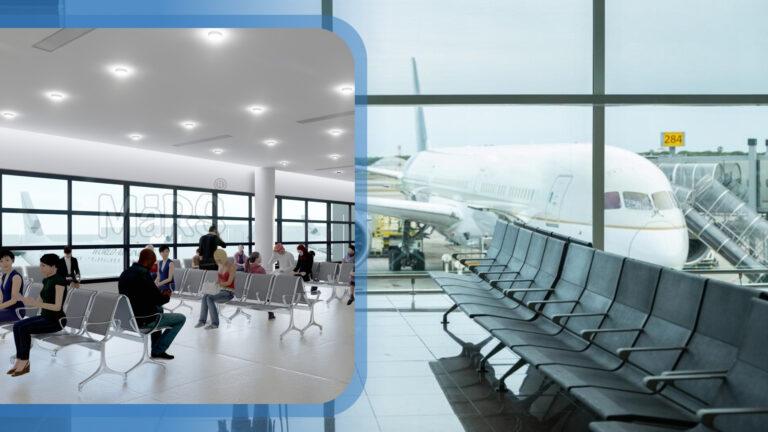Scan to BIM projects are transforming the construction and architecture industries by providing detailed digital representations of physical structures. However, despite its numerous benefits, Scan to BIM projects come with their own set of challenges. Understanding these challenges and how to overcome them is essential for successfully implementing such projects. Here’s an in-depth look at the common challenges faced in Scan to BIM projects and strategies to address them.
Data Accuracy and Quality
Challenge
Ensuring high accuracy and quality in the scan data is critical. Inaccurate or poor-quality data can lead to errors in the BIM model, causing issues in the design and construction phases.
Solution
To achieve high data accuracy, it is vital to use high-resolution scanners and ensure that the scanning process is carried out by experienced professionals. Implementing stringent quality control measures, such as regular checks and validations of the data, can help in identifying and rectifying errors early. Additionally, using software tools that automatically detect and correct inaccuracies can enhance data quality.
Data Volume Management
Challenge
Scan to BIM projects generate large volumes of data, making it challenging to manage, store, and process this information efficiently.
Solution
Effective data management can be achieved by employing data compression techniques to reduce the size of the files without compromising on quality. Utilizing cloud storage solutions allows for scalable and flexible data storage options. Robust data management software can help in organizing, processing, and retrieving data efficiently, ensuring smooth workflow and accessibility.
Integration with Existing BIM Systems
Challenge
Integrating scan data with existing BIM systems can be complex, especially when different software and data formats are involved. This can lead to compatibility issues and workflow disruptions.
Solution
To facilitate smooth integration, use software that supports multiple file formats and ensures compatibility with existing BIM systems. Regular software updates and training for staff on new integration techniques and tools are essential. Developing standardized protocols and workflows can also streamline the integration process, reducing the potential for errors and delays.
Ensuring Collaboration and Communication
Challenge
Effective collaboration and communication among stakeholders, including surveyors, BIM modelers, and project managers, are crucial for the success of Scan to BIM projects. Miscommunication can lead to misunderstandings, errors, and project delays.
Solution
Implement collaboration platforms that enable real-time sharing and updating of data. These platforms should facilitate seamless communication and collaboration among all stakeholders. Conducting regular meetings and maintaining clear and open communication channels can ensure that everyone is on the same page. Establishing a centralized repository for all project-related information can improve accessibility and coordination.
Managing Costs and Time
Challenge
Scan to BIM projects can be expensive and time-consuming due to the advanced technology and expertise required. Managing costs and timelines effectively is a significant challenge.
Solution
Careful planning and budgeting are essential to manage costs effectively. Consider all aspects of the project, including equipment, software, and personnel costs. Optimizing workflows and using cost-effective solutions without compromising on quality can help manage expenses. Continuous monitoring of the project timeline and making necessary adjustments can ensure that the project stays on track and within budget.
Handling Complex Structures
Challenge
Scanning and modeling complex structures, especially historic buildings, can be difficult due to their intricate details and varying materials. Capturing these details accurately is essential for creating reliable BIM models.
Solution
Use specialized scanning techniques and equipment designed to capture detailed and complex structures. Employ skilled professionals with experience in handling such projects to ensure accurate modeling. Advanced software tools that can handle complex geometries and materials should be utilized. Conducting thorough site surveys and planning the scanning process meticulously can also help in managing complex structures effectively.
Keeping Up with Technological Advances
Challenge
The rapid pace of technological advancements in scanning and BIM software can make it challenging to stay updated with the latest tools and techniques.
Solution
Investing in continuous training and development for staff is crucial to keep them updated on the latest technologies. Regularly upgrading equipment and software to take advantage of new features and improvements can enhance efficiency and accuracy. Establishing a culture of continuous learning and innovation within the organization can help in staying ahead of technological advancements.
Conclusion
Scan to BIM projects come with challenges like data accuracy, large data volumes, integration issues, and complex structures. Overcoming these requires using advanced scanning technology, effective data management, seamless integration, strong collaboration, and staying updated with technology. By addressing these issues proactively, projects can achieve better efficiency, accuracy, and success.









